
|
|
|
14.5 A COMMERCIAL ROBOT
������������Some specifications for commercial robots are given below
14.5.1 Mitsubishi RV-M1 Manipulator
������������The workspace is pictured below,
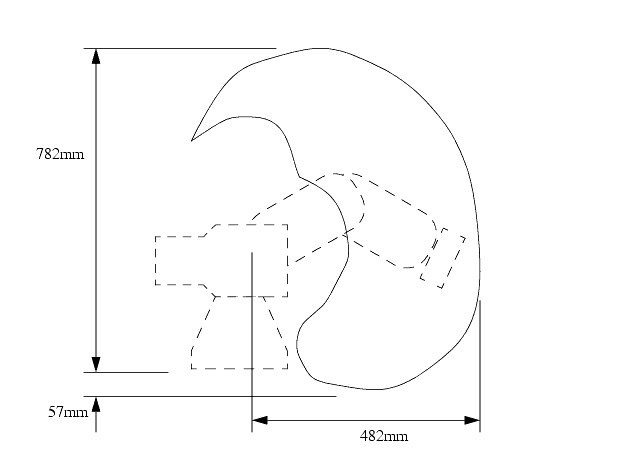
14.5.2 Movemaster Programs
������������All comments follow a semi-colon at any position on a line
Statements are ended with a colon, and as long as colons are used, more than one statement can be used on a line.
Dimensions are given in millimeters in the programs.
A sample program is given below with comments for explanation,
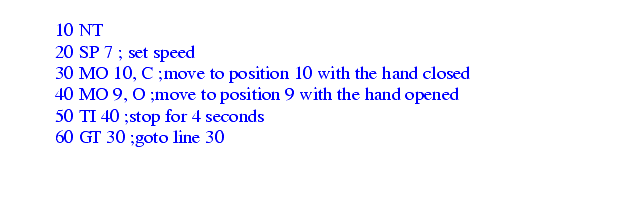
The example below shows how points are defined and used. Please be aware that point location values are not normally defined in a program. Normally they are programmed by hand, and then when the program is run, it refers to them by number (from 1 to 629)
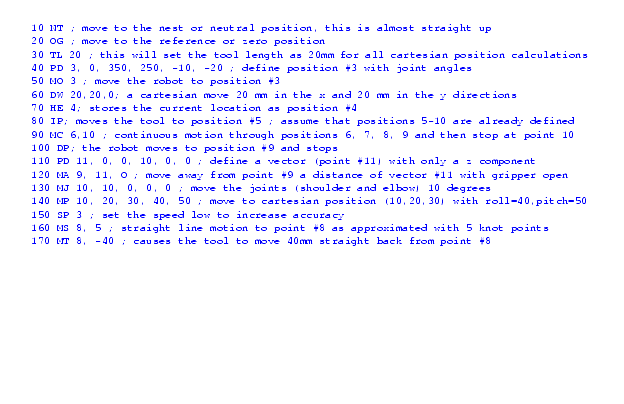
The example below shows how we can define and use pallets. The definition of a pallet covers a number of lines to define the pallet size and then the location. We must also define points to indicate where the pallet lies in space. For the example below these points would have to be position numbers 20 (pallet origin), 21 (origin to end of first column), 22 (origin to end of first row), 23 (origin to diagonal corner of pallet). Note: if using pallet #3 these counters would be 30-33, and point 3 would move.

The example below shows some of the position commands. These positions are normally defined outside the program by moving the robot to desired locations. These positions are not always absolute, and in some cases will act as displacement vectors.

The example below shows some of the counter and branching functions. These tend to use a status register approach - for example, a value to be compared will be loaded on one line, the next line will compare it and a branch instruction will occur on the specified condition. For-next loops have been constructed as part of this example.
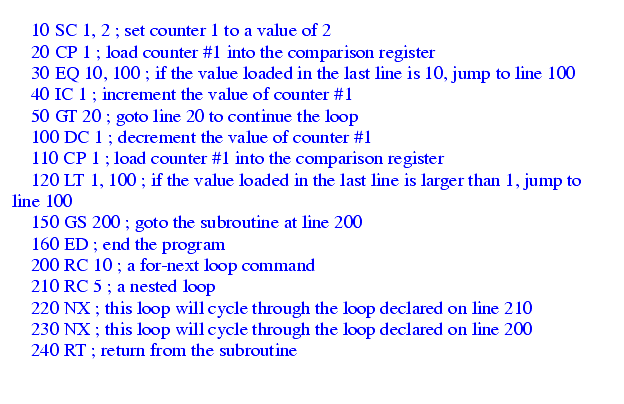
The example below shows how to use various gripper and I/O functions. There are eight input bits and 8 output bits available.

14.5.3 Command Summary
������������A summary of the motion commands is given below,
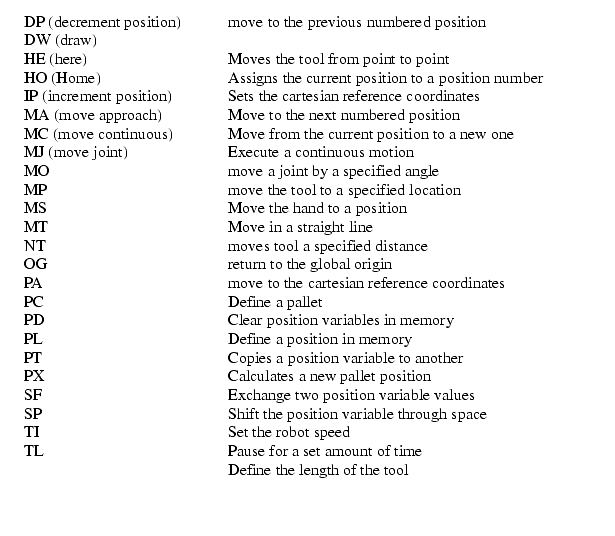
A summary of the program control commands is given below,
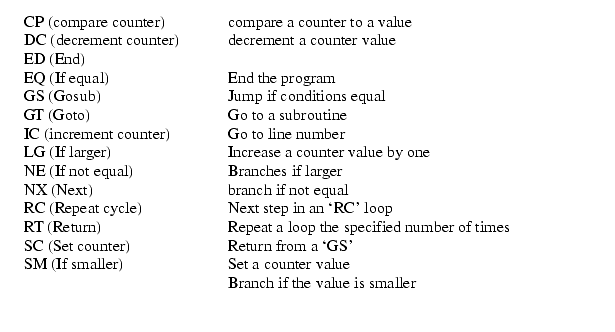
A summary of the IO commands is given below,

Search for More: |

Custom Search
|

|